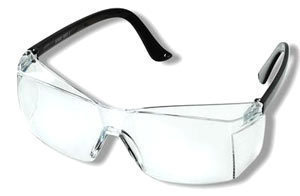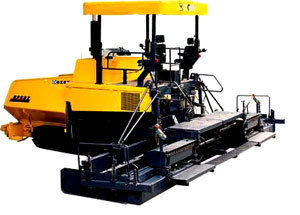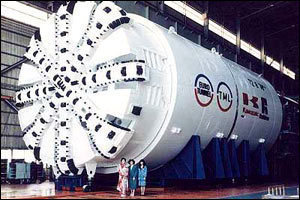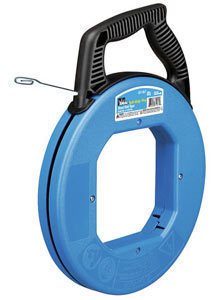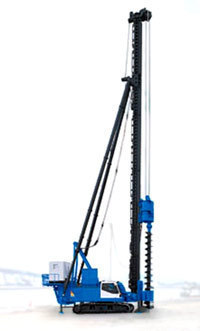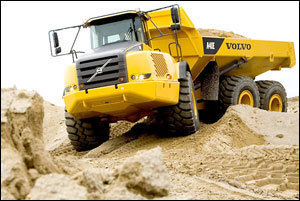Hollow Blocks
The CMU, or Concrete Masonry Unit, is among the 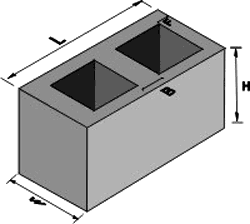 most used and very essential materials used in construction. It is also referred to by various names, such as the cement block, the concrete block, the foundation block, or the hollow block.
most used and very essential materials used in construction. It is also referred to by various names, such as the cement block, the concrete block, the foundation block, or the hollow block.
This large rectangular-shaped block is made by casting concrete out of cement (usually Portland cement) mixed with an aggregate made of different materials, depending on what density a particular block is intended to be. High-density hollow blocks, for instance, use an aggregate made from fine gravel and sand, while low-density blocks make use of industrial wastes. Blocks made from either fly or bottom ashes, or cinders, are naturally known as cinder blocks in the United States. In the United Kingdom, this type of block is called a breeze block (“breeze” being their term for ash), while it is known as a besser block in Australia.
The clinker block is made with clinker, which can be composed of charcoal, coal, coke (a kind of fuel), grit and slag, and is the waste by-product of industrial processes like burning fossil fuel or smelting metals. A light-weight hollow block can also be made using aerated concrete, which uses aggregates no larger than sand, such as quartz sand, lime and aluminum powder.
Employed in the so-called CBS (Concrete Block Structure) construction, hollow blocks are reinforced with tie beams and concrete columns to construct load-bearing walls for structures such as buildings and suburban housing. Hollow blocks are used in abundance for constructing large buildings, and are utilized to augment steel I-beams in even larger structures. Since hollow blocks have a rather dull and unattractive appearance, the exposed concrete surfaces are usually applied with a decorative coating of paint, stucco, siding, brick, or stone thin veneer.
The hollow block is referred to as such because of its appearance, as it is manufactured with hollow centers designed to improve insulation and reduce its weight. The function of the holes in the block is to enable reinforced concrete (concrete and rebar or reinforced steel) to vertically run through it, thus making up for what it lacks in tensile strength. The average block size in the United States is 8” x 8” x 16” (20 cm x 20 cm x 41 cm). The standard block size in Ireland and the United Kingdom is typically around 17.3” x 8.5” x 3.9” (440 mm x 215 mm x 100 mm), not counting mortar joints.
